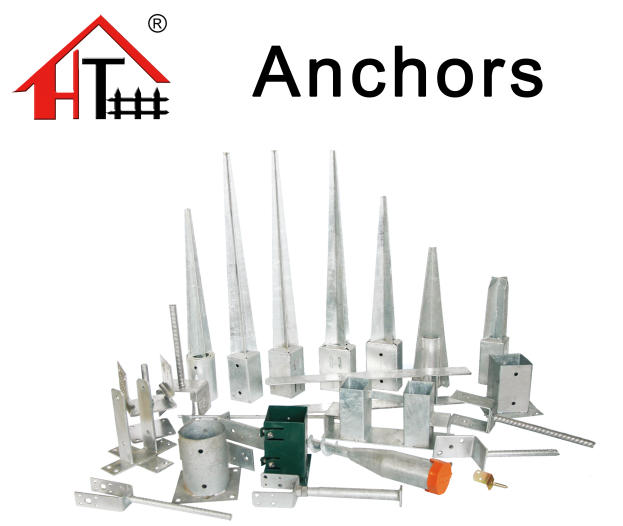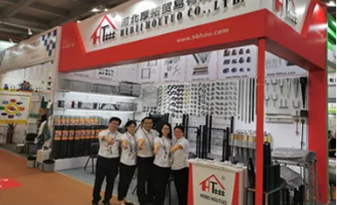The Importance of Wild Hog Live Traps
Wild hogs, also known as wild boars or feral pigs, have become a significant ecological concern in many regions around the globe, particularly in the United States. Their rapid population growth and adaptability to various environments have led to considerable damage to local ecosystems, agriculture, and even infrastructure. One effective method of managing these populations is through the use of wild hog live traps. This article explores the importance of these traps, how they function, and the best practices for their use.
Understanding Wild Hogs
Before discussing live traps, it is essential to understand the impact of wild hogs on the environment. As omnivorous animals, they root in the ground for food, causing soil erosion and damaging plant life. Their foraging habits can devastate crops, leading to significant economic losses for farmers. Additionally, wild hogs can carry diseases that may affect livestock and humans, such as swine fever and brucellosis, further complicating the issues they pose.
What Are Wild Hog Live Traps?
Live traps are specially designed enclosures that capture wild hogs without harming them. Typically made from durable materials like metal or heavy-duty plastic, these traps allow for safe and humane capture. They are often equipped with a door that closes automatically when the hog enters the trap, lured by bait placed inside. The design of these traps minimizes the stress experienced by the animals, which is critical for humane wildlife management.
How Live Traps Work
The effectiveness of live traps lies primarily in their design and baiting techniques. Choosing the right bait—such as corn, fruit, or commercial hog attractants—is crucial for enticing wild hogs into the trap. Once the bait is set, the trap must be monitored regularly to ensure that captured animals are promptly removed to prevent distress.
It is also important to place traps in areas where hog activity is evident, such as near bedding sites, feeding grounds, or trails. Observing the behavior of the wild hogs can significantly increase the chances of successful trapping.
wild hog live traps

Best Practices for Using Live Traps
To ensure both efficiency and humaneness, several best practices should be followed when using wild hog live traps
1. Location Selection Traps should be placed in high-traffic areas for wild hogs. Look for signs like rooting, tracks, or droppings.
2. Regular Monitoring Check traps frequently to minimize the time that the animals spend inside. This helps reduce stress and the risk of injury.
3. Legal Considerations Ensure compliance with local regulations regarding trapping and transporting wild hogs. Some regions may require permits or have specific guidelines on handling captured animals.
4. Post-Capture Handling Once trapped, hogs should be handled with care. It’s essential to transport them to a designated area for release or euthanasia, adhering to local wildlife management practices.
5. Community Engagement Collaborating with local wildlife management authorities and sharing information with the community can enhance trapping success and promote responsible management of wild hog populations.
Conclusion
The management of wild hog populations is critical for maintaining healthy ecosystems and protecting agricultural interests. Wild hog live traps are a humane and effective tool in this endeavor. By using these traps responsibly and following best practices, individuals can help mitigate the negative impacts of wild hogs, contributing to a balanced and thriving environment. As the problem of wild hogs continues to grow, the importance of effective trapping and management strategies will become increasingly vital.















